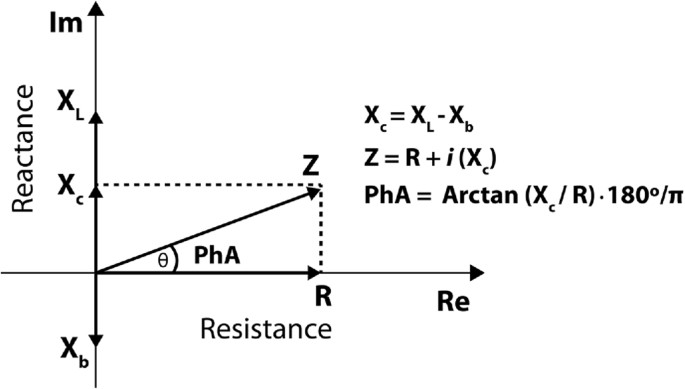
- Select a language for the TTS:
- UK English Female
- UK English Male
- US English Female
- US English Male
- Australian Female
- Australian Male
- Language selected: (auto detect) - EN
Play all audios:
With some 4,000 colleges to choose from, finding an affordable college for your financial profile can feel overwhelming. Figure out your Student Aid Index (SAI) first, says Paul Martin,
owner of College Money Method. Formerly called the Estimated Family Contribution, your SAI measures “demonstrated need,” how much federal financial aid you qualify for, and also tells
colleges what you should be able to contribute. (The lower your SAI, the greater your need for aid.) The FAFSA generates your SAI, but you can estimate it in advance with the Department of
Education’s federal Student Aid Estimator. “I call the SAI your ‘calculated ability to pay’,” Martin says. “It gives you some idea of how much financial aid eligibility you have.” Experts
say knowing your SAI is useful because it tells you what kinds of colleges are best to apply to — like those meets-need schools, or, if you aren’t eligible for need-based aid, colleges that
give merit aid for certain grades and test scores. It’s important to understand that even if you have a low SAI, most colleges don’t offer enough money to meet all your demonstrated
financial needs, says Ann Garcia, certified financial planner and author of _How to Pay for College_. “Colleges are under no obligation to meet your need.” Besides the federal government
calculating eligibility for federal aid (primarily the Pell Grant and federal student loans), colleges use your SAI to calculate state and institutional aid, but the federal estimator won’t
tell you this information. That’s the job of college net price calculators (NPCs). HOP ON THE NET PRICE CALCULATORS Now that you know how much or little financial aid eligibility you have,
it’s time to use the college NPCs, which are required for most schools. Unfortunately, they haven’t been updated yet to reflect the new FAFSA formula. That doesn’t mean they’re useless, but
“don’t get too attached to the results,” Vasconcelos says. “But for a lot of families, it’s going to get you in the right ballpark.” For the 250 or so colleges that also use the CSS Profile
(a second and more detailed financial aid form some schools use to award institutional grants and scholarships), their NPC may more accurately estimate institutional aid because the CSS
Profile financial aid formula isn’t changing much. The FAFSA-only schools, particularly higher-priced private colleges, may be trickier. Other schools, like community colleges and your local
or regional state university, may be easier to predict, particularly if their websites list automatic scholarships for certain grades and test scores. TRY THESE OTHER TOOLS Not all NPCs
were accurate even before the new FAFSA formula complicated this fall’s process. Experts still recommend starting with them, but you can try other tools in tandem. No tool provides
everything you need, so using multiple tools might be the way to go. They use the same public data from the federal government, but they present it in different ways. Garcia recommends the
free CollegeData tool and College Navigator. Or try College Aid Pro, which has free and paid versions. Another free resource to compare schools is the Department of Education’s College
Scorecard.






